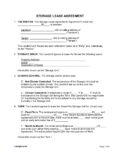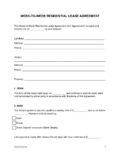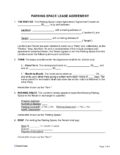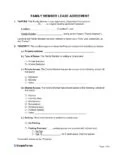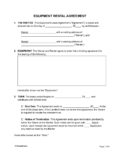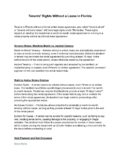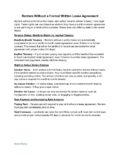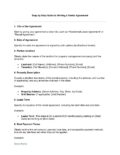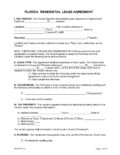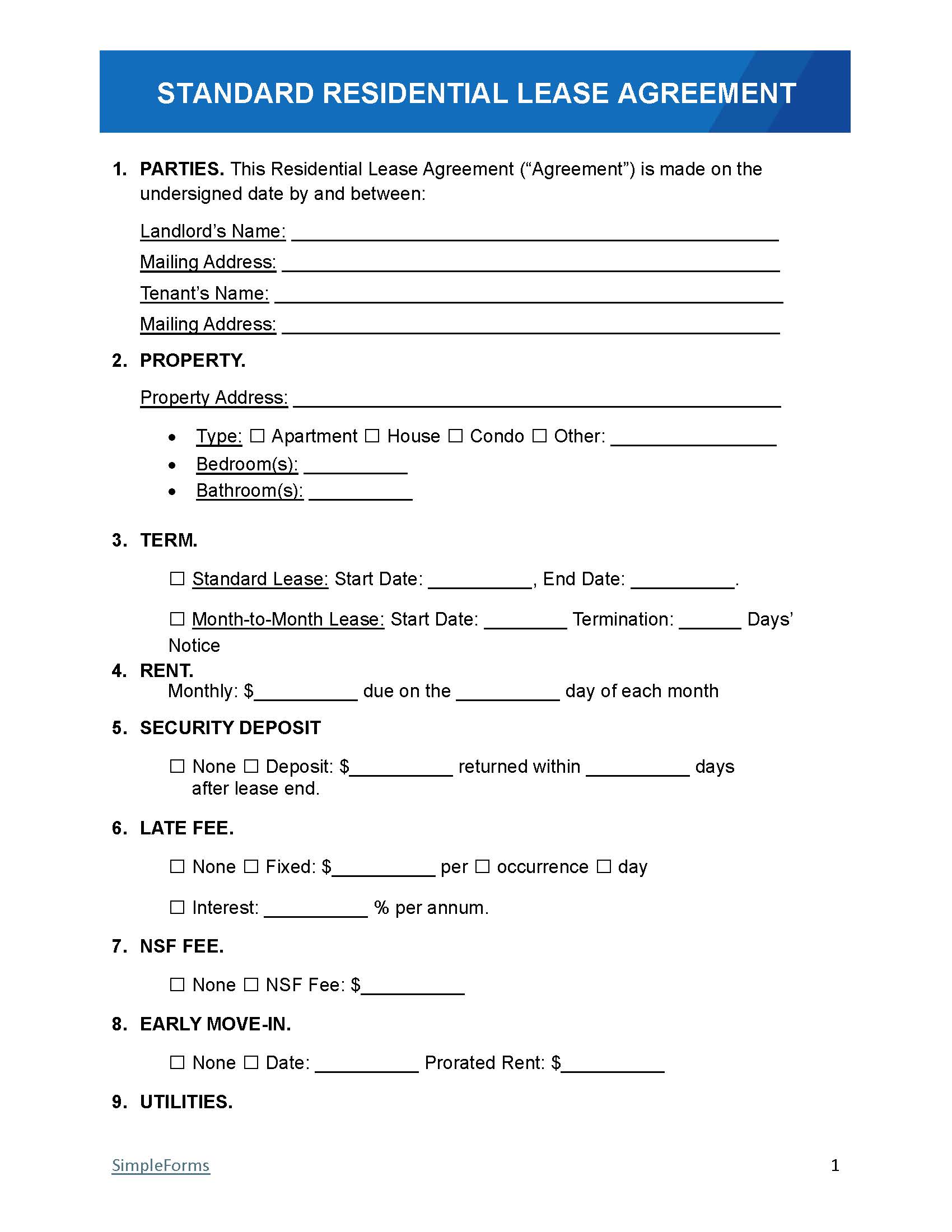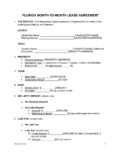What to Include in a Storage Space Lease Agreement
- The Parties – the lessor/lessee involved in the transaction.
- Property Details – Details of the unit or space being rented.
- Lease term – The duration of the rental period (start and end dates).
- Rent and fees – The cost, payment schedule, and any other charges (locks/keys).
- Restrictions – List what can and cannot be stored in the storage unit space.
- Rules – When and how the lessee can access their storage space.
- Insurance requirements – Details whether insurance is mandatory and responsibilities of each party.
Sources
- 2024 Self-Storage Almanac (Table 1.4)
- 2024 Self-Storage Almanac (Table 9.1)
- 2024 Self-Storage Almanac (Chart 9.4)
